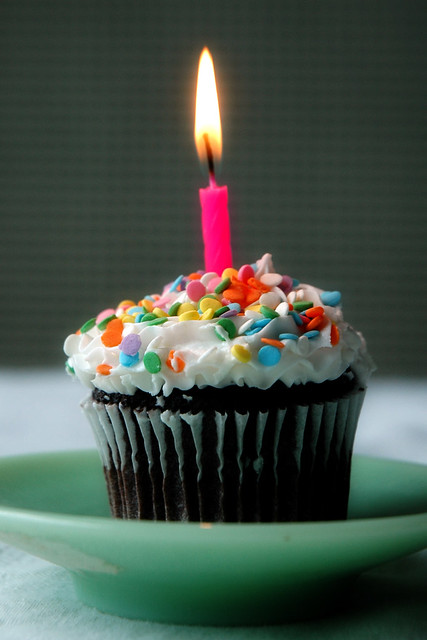From the desk of Sean Rodman, Strategic Partnerships Manager at the Royal BC MuseumWe're going to jump on a trend that was started by the
Vancouver Police Museum blog, and continued over at the
Museum of Anthropology blog. Both of these institutions think that they rock, and each have listed 10 reasons why.
I'm not arguing. In fact, I'm a huge fan of both and encourage you to visit, either virtually or in person. But I'd like to jump on the bandwagon, and add our own 10 reasons why the Royal BC Museum rocks!
10. We have a mammothNot just any mammoth - our mammoth diorama has been a highlight for many visitors over the years. The full story on Woolly can be found in an earlier Royal BC Museum
blog post.
9. We try to pull the wool over your eyes (for a good cause)Artifact or Artifiction is our annual gala fundraiser, and is held in the fall of each year. What makes the evening unique is that guests play a game: 20 curators explain their favourite artifact or specimen. Some of them are lying, and it's up to you to tell the difference. This year, we were joined by almost 400 guests, and raised over $90,000 that will go directly towards a new travelling exhibit on invasive species.
8. We preserve and protect over 7 million artifacts, specimens and documentsWe are the keepers of our provincial history. So our collections cover all areas of natural and human history. Our collection ranges from
this, to
that. Of course, we need a lot of space to keep all this stuff. Our facilities cover an entire city block, taking up about 250,000 square feet. Like an iceberg, most of this space is "beneath the surface" and out of public view. Over 70% of our facility is behind the scenes and used for curatorial /archival /conservation purposes. However, if you come to our
current exhibit or take a Backstage Pass tour, you can get a sneak peek at what goes on behind closed doors...
7. We offer free programsWe have lots of free activities happening throughout the year. For example, our lobby is filled with
Rememberance Day displays and programming right now, all available for free. We have free
Live at Lunch lectures on a range of topics. With your admission, there's a whole range of free tours that you can take, plus
daily lectures and workshops in our galleries. And if you're a
member, there are even more possibilities. Want to find out
what's on?
6. We have the best view in Victoria.Come up to our second floor gallery and check out the view of the provincial Legislature and inner harbour of Victoria. It's a view you won't get anywhere else. Actually, we keep the very best lookout up in the 13 storey Fannin collections tower - see for yourself using our live
webcam.
5. We're a centre of expertiseWhile most people might only think of our galleries and exhibitions, we're also an important hub for research. Our curators and collections managers work with researchers around the world on a huge variety of projects. Their talents encompass a wide range of topics: from curators who are leading experts on climate change to exhibition arts technicians who can recreate a 19th century kitchen for an exhibit.
4. We reach out to the provinceOn-line and in-person, we share our knowledge with province. Our website and online resources are getting better all the time (and we're working on our
coolest website yet for the "Aliens Among Us" exhibition) In the real world, we hope to send our travelling exhibit on Invasive Species to communities across the province in 2011. But we need
your help to do it.
3. We educate and entertainAbout 350,000 people come through our doors every year, and come away with new ideas and insights. Annually, more than 25,000 school children learn in our galleries. 450-500 volunteers make it all happen. And there's always something to learn at the museum through our lectures, workshops and tours.
Check it out.2. We've got big plans (and we could use your advice)The Royal BC Museum has just started the process of rezoning - which doesn't sound exciting in itself, but it paves the way for some big future developments. Right now, we're talking about what our next 100 years might look like - please
learn more and let us know what
you think.
1. We're your museumThis is your place, your past and present. Come join us, and see for yourself why we rock!







 The jacket in the tray of cat litter with a filled bolster.
The jacket in the tray of cat litter with a filled bolster.




































